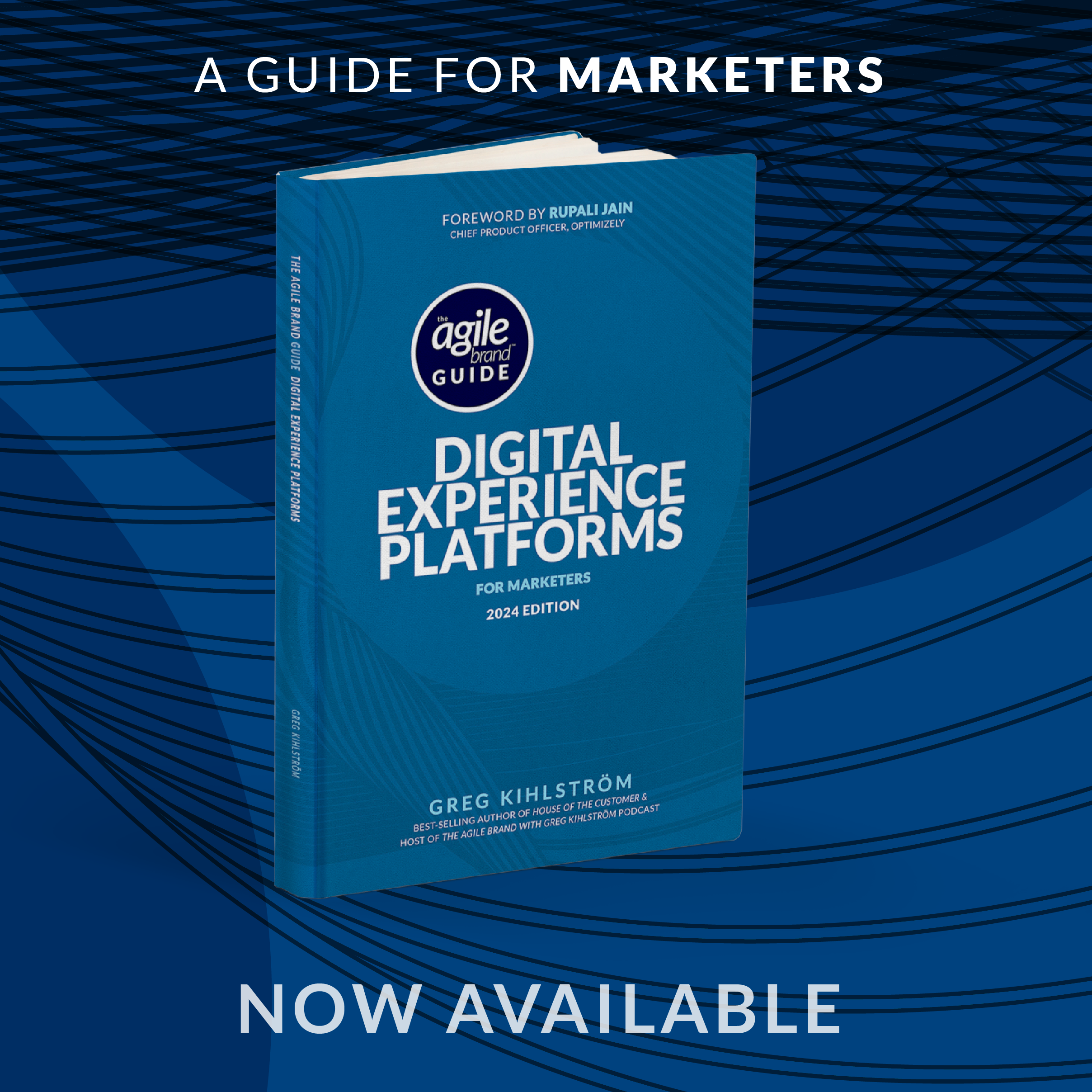This article was based on the interview with Nikki Festa O’Brien from Greenough Communications by Greg Kihlström, MarTech keynote speaker for The Agile Brand with Greg Kihlström podcast. Listen to the original episode here:
In the ever-evolving landscape of marketing and communications, the ability to connect with an audience is paramount. As highlighted in a recent episode of the Agile Brand Podcast featuring Nikki Festa-O’Brien, CEO of Greenough Communications, the foundation of effective messaging and positioning lies in a deep understanding of the target audience. Let’s explore the critical role that audience comprehension plays in crafting impactful brand narratives and how it ultimately drives business success.
At the core of effective messaging is the principle of “audience, audience, audience.” This mantra emphasizes the necessity of knowing who the audience is, what they value, and the challenges they face. When brands invest time and resources into understanding their target demographic, they can tailor their messaging to resonate with the audience on a personal level. This alignment not only enhances engagement but also fosters loyalty and trust, essential elements for any brand aiming for long-term success.
Understanding the audience involves delving into their motivations, preferences, and pain points. This process is not limited to external customers; it also encompasses internal stakeholders, such as employees. As Festa-O’Brien pointed out, internal audiences can become powerful advocates for the brand when they are engaged and aligned with the company’s messaging. By recognizing that employees are often the first line of communication to external audiences, brands can cultivate a narrative that resonates throughout the organization, creating a unified voice that enhances the overall brand experience.
A critical aspect of audience understanding is recognizing the external factors that influence their behaviors and decisions. Brands must consider the broader context in which their audience operates, including market trends, societal changes, and technological advancements. By starting from the outside and moving inward, brands can identify the specific challenges their audience faces and articulate how their products or services provide solutions. This approach ensures that messaging is not just about what the brand offers, but how it directly addresses the needs of the audience.
The importance of storytelling in branding cannot be overstated. A compelling brand story has the power to resonate deeply with audiences, creating emotional connections that drive engagement. However, crafting such a narrative requires a strategic approach that begins with audience insights. By understanding the audience’s journey, brands can identify the key moments that matter most and weave these into their storytelling. This alignment between the brand’s offerings and the audience’s needs results in messaging that is not only relevant but also impactful.
To illustrate the power of audience understanding in messaging, consider the example of a brand that successfully transformed its narrative by focusing on customer insights. This brand identified a common pain point among its target audience—difficulty in accessing reliable information in a rapidly changing environment. By acknowledging this challenge, the brand redefined its messaging to position itself as a trusted source of information and support. As a result, the brand not only enhanced its reputation but also increased customer loyalty and engagement.
Effective messaging is rooted in a profound understanding of the audience. As discussed in the Agile Brand Podcast, brands that prioritize audience comprehension can craft narratives that resonate on multiple levels, from external customers to internal stakeholders. By focusing on the audience’s needs and challenges, brands can create messaging that not only informs but also inspires and engages. In a world where consumer expectations are constantly evolving, the ability to connect through meaningful storytelling is what will ultimately drive brand success. Embracing the principle of “audience, audience, audience” is not just a strategy; it is a necessity for any brand aiming to thrive in today’s competitive landscape.











